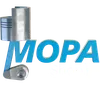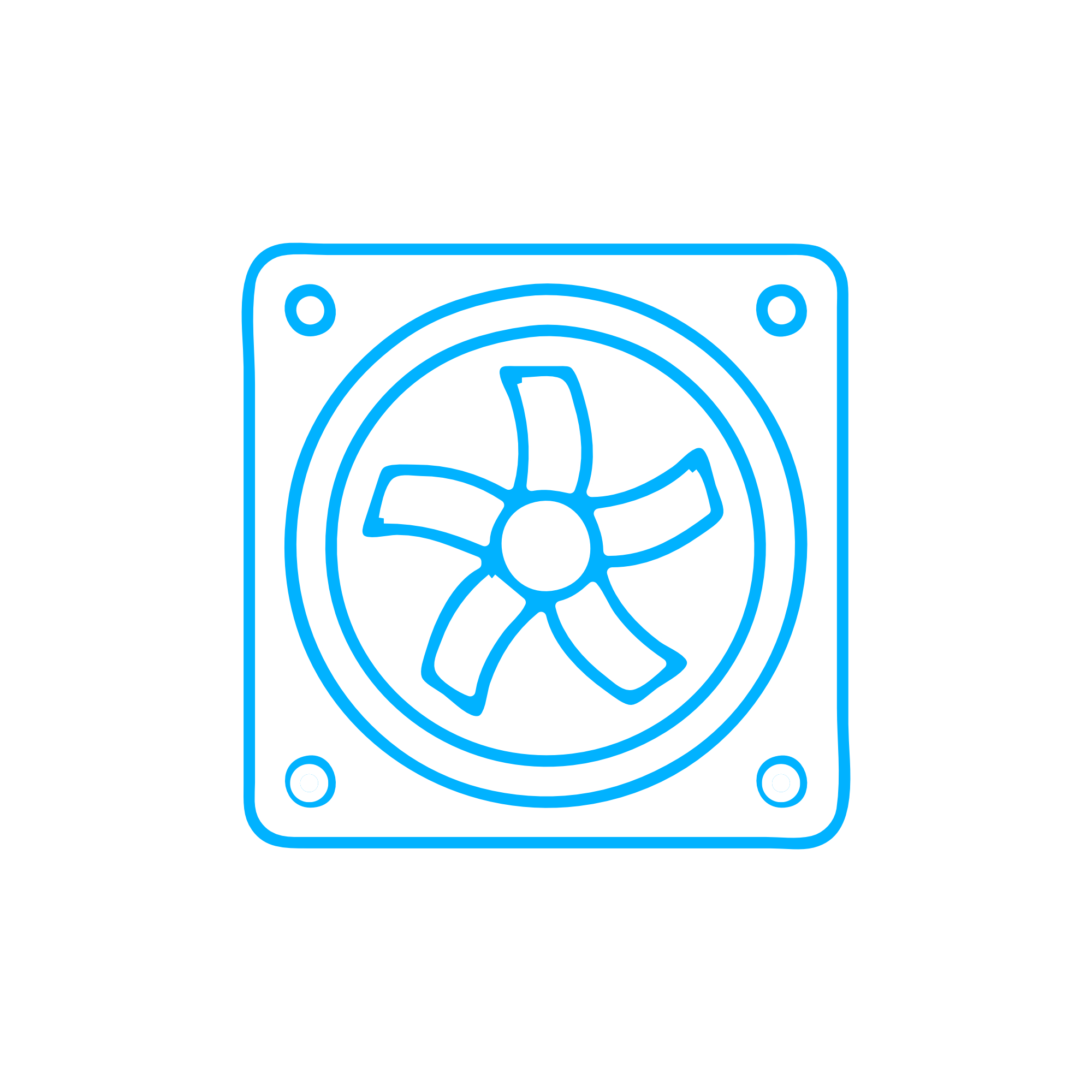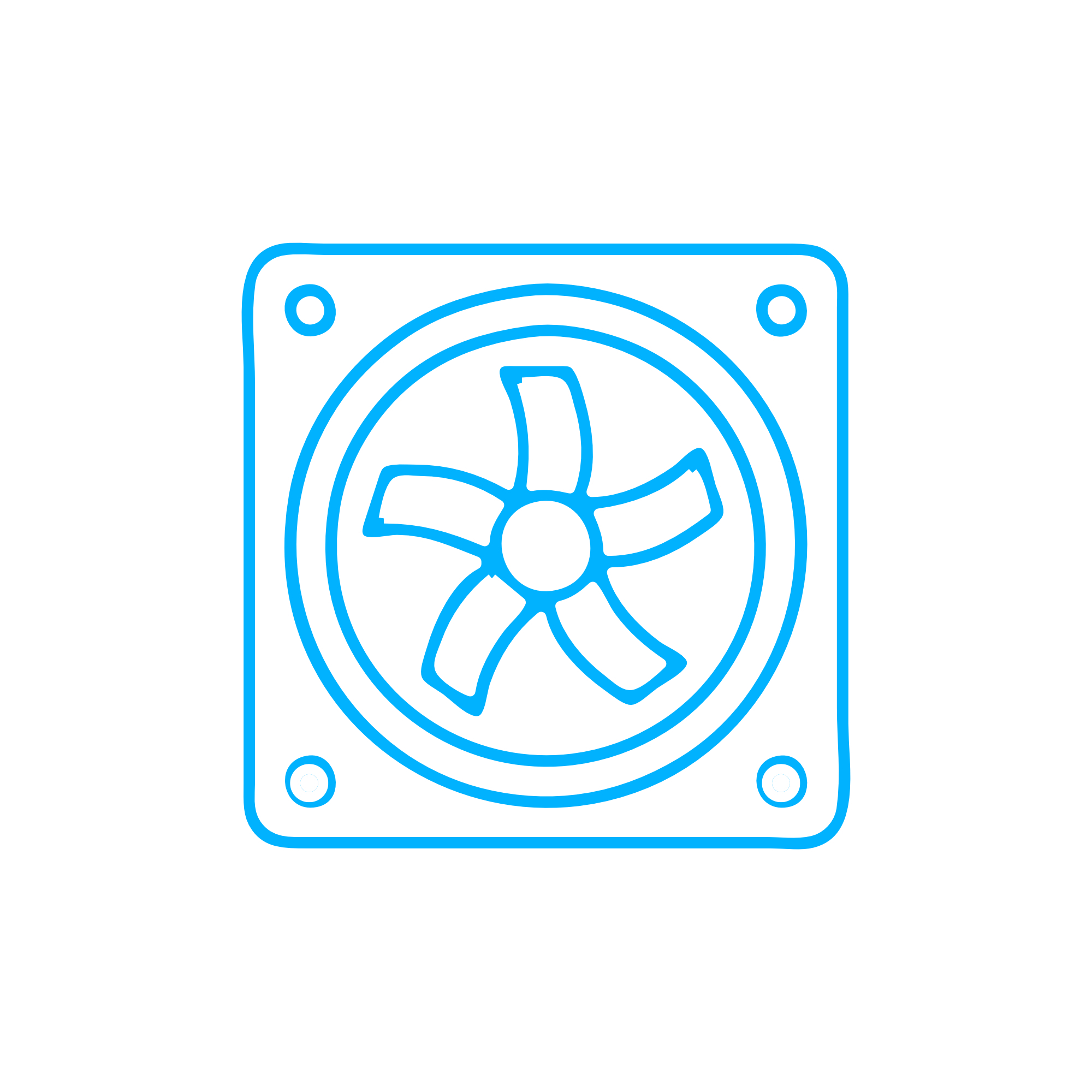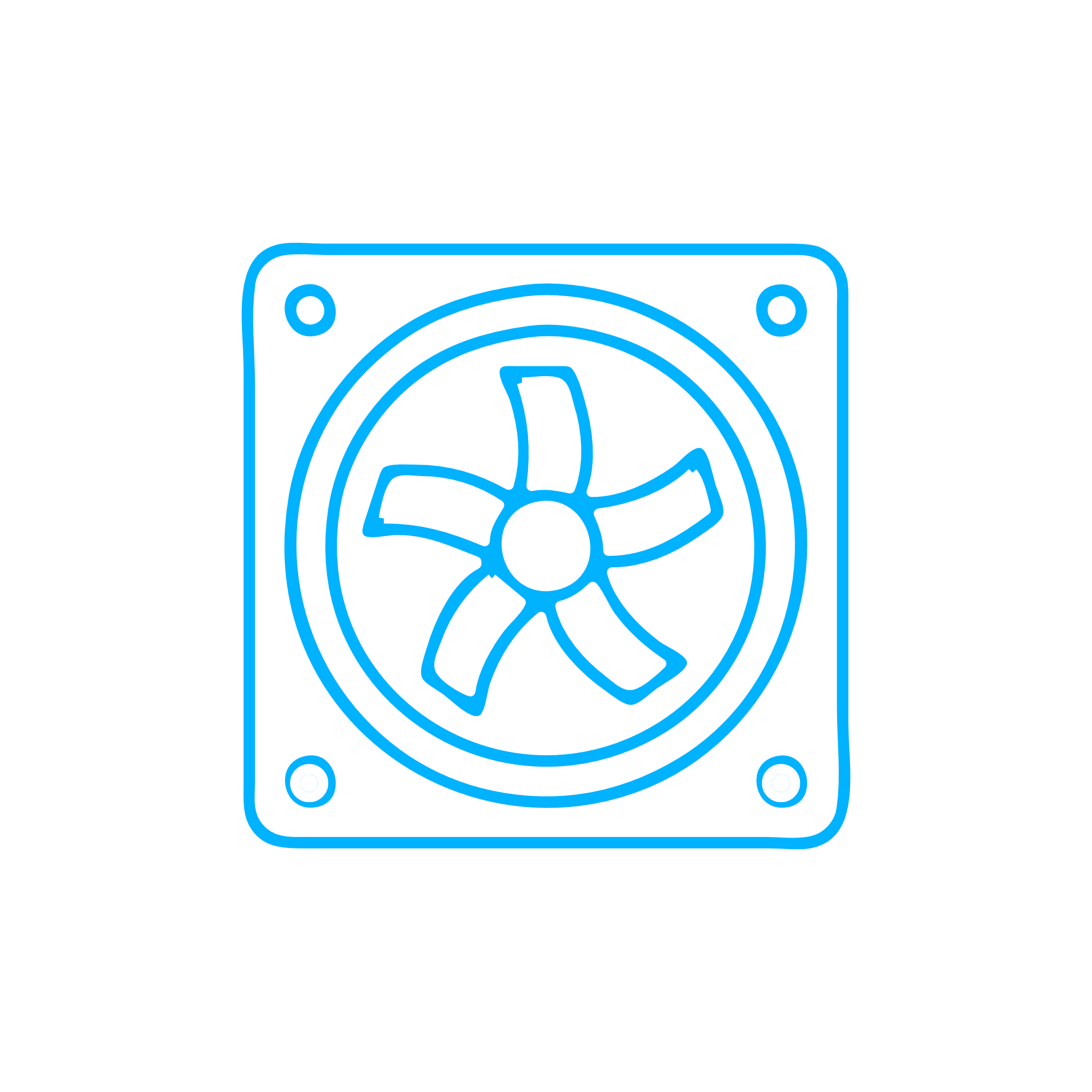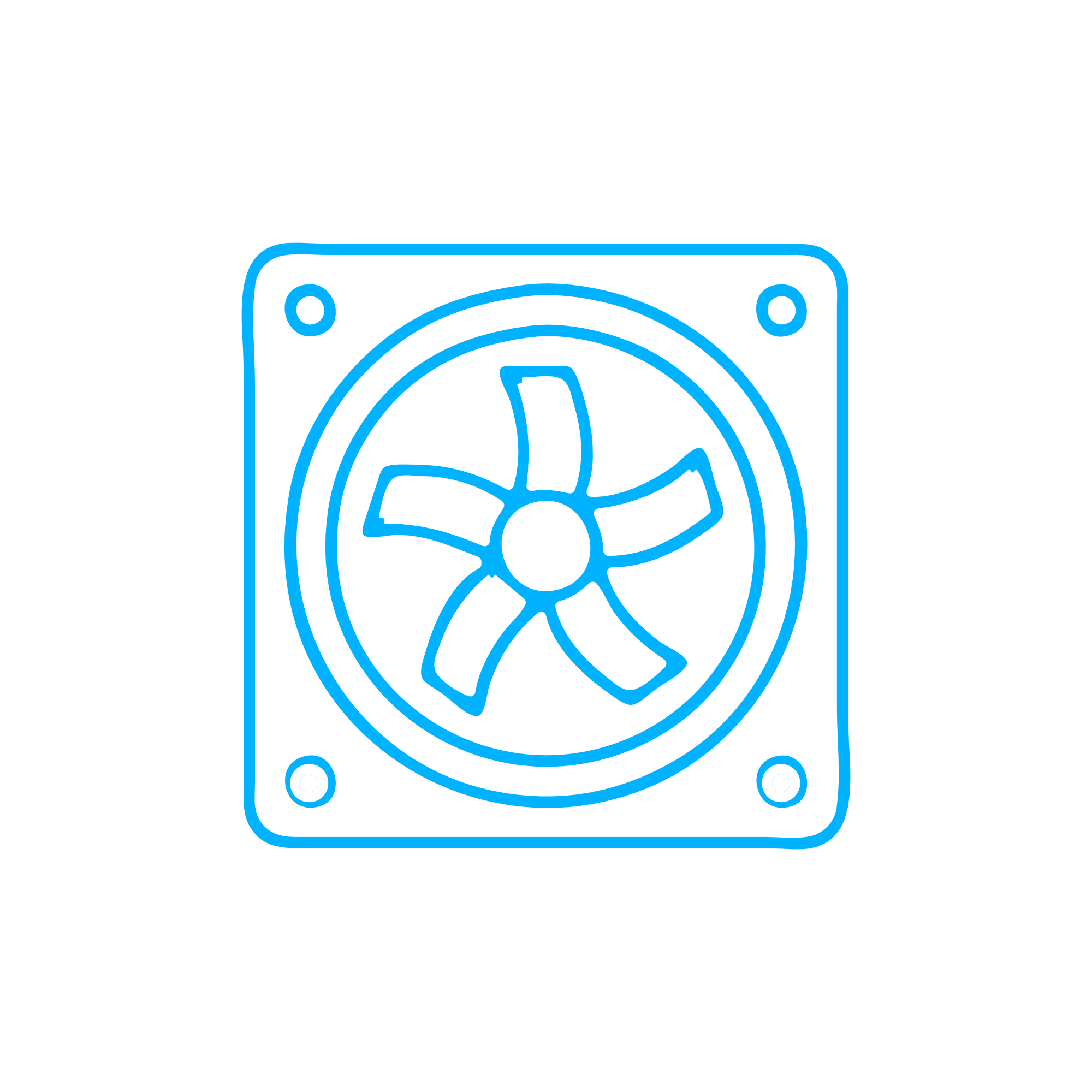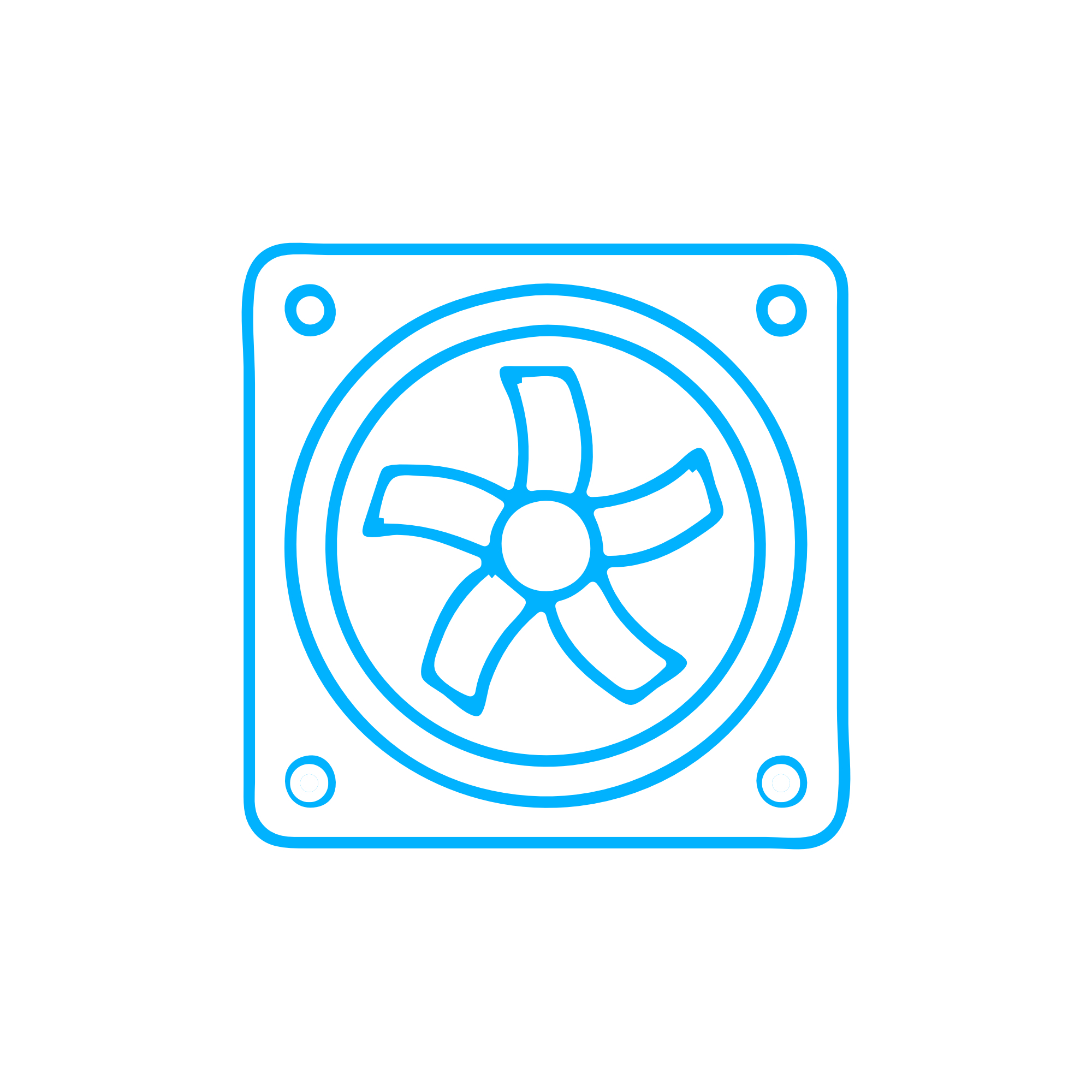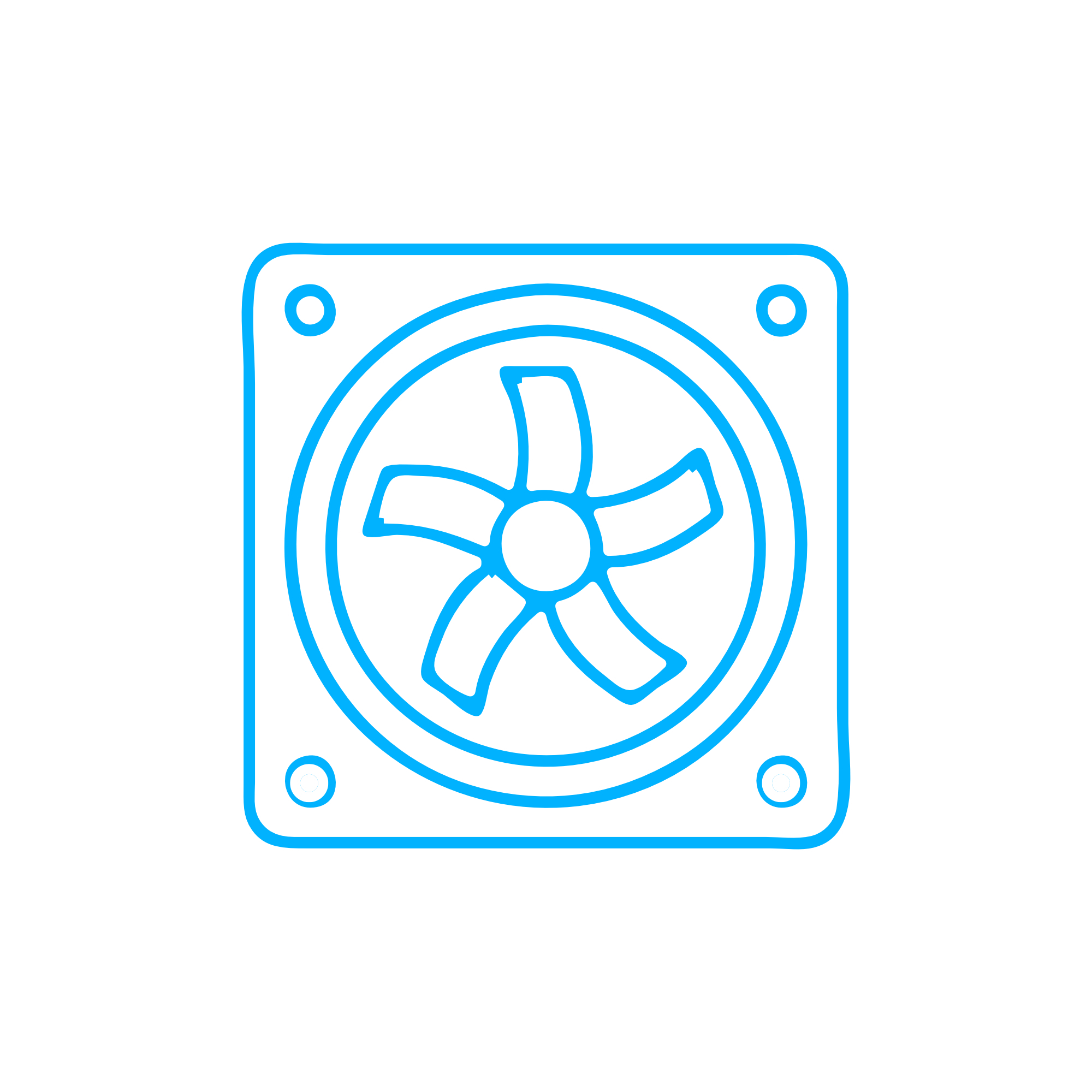FAN BLADE Technology for Engine Cooling Fans
The Fan is a rotating axial-flow component that drives cooling air across engine heat exchangers such as radiators, charge air coolers, and lube oil coolers. In diesel and gas applications—onshore generator sets and marine engine rooms alike—the Fan is a vital control element in the thermal management system. By maintaining stable coolant and intake temperatures, it protects the power unit from thermal stress, sustains efficiency, and keeps emissions within target limits. For purchasers and superintendents, a correctly specified Fan directly influences uptime, fuel use, and lifecycle cost.
Depending on the installation, the Fan may be belt-, gear-, or electrically driven, with fixed or variable pitch blades. Materials range from glass-fiber-reinforced composites to high-grade aluminum, each chosen for strength-to-weight ratio, corrosion resistance, and acoustic behavior. Correct Fan selection ensures sufficient airflow at the required static pressure while minimizing parasitic load on the engine.
Technical function of the Fan and FAN BLADE in diesel and marine engines
At its core, the Fan converts rotational energy into airflow and pressure. Each FAN BLADE is profiled for lift and drag characteristics, generating a pressure differential that pulls ambient air through heat exchangers. In a diesel engine installation, the Fan stabilizes jacket-water temperatures and reduces charge-air temperature for denser intake, supporting combustion efficiency and turbocharger health. In a marine engine room, the Fan also contributes to ventilation, keeping ambient temperatures within class and builder limits.
Performance is governed by diameter, blade count, chord length, camber, and pitch. Tip speed and blade angle determine airflow (m³/h) and static pressure (Pa), while shrouds and ring guards reduce tip losses and recirculation. Variable-pitch or viscous-clutch systems trim Fan power draw at part load, cutting fuel consumption without compromising cooling. Properly balanced FAN BLADE assemblies prevent vibration, protecting bearings in water pumps, clutches, and accessory drives. When specified as FAN BLADE OEM parts for a marine engine or diesel engine, tolerances and material specs align precisely with the hub, spacer, and shroud, preserving designed airflow and acoustics.
- · High airflow at controlled static pressure.
- · Optimized blade pitch and camber for efficiency.
- · Dynamic balancing to reduce vibration and bearing loads.
- · Corrosion-resistant materials for marine environments.
- · Compatibility with viscous clutches and variable-pitch hubs.
- · Reduced noise through refined blade geometry.
- · Stable cooling across ambient and load variations.
Why the Fan is critical for reliable engine operation
The Fan is central to engine reliability and service life because thermal stability underpins every major subsystem. Insufficient airflow elevates coolant and charge-air temperatures, which can trigger derating, shutdowns, or component damage. Overheating accelerates lube oil oxidation, risks head-gasket failure, and increases thermal stress on liners, pistons, and valves. In gas engines, excessive intake temperatures raise knock tendency and reduce spark plug life; in marine propulsion, high engine room temperatures may breach class limits and reduce crew safety margins.
Typical issues when the Fan is worn or out of spec
Blade erosion, corrosion, or micro-cracking reduces aerodynamic performance and can induce imbalance. Deformed or mis-set blade pitch lowers airflow, while damaged shrouds increase recirculation. Imbalance transmits extra radial load into bearings and seals, leading to premature water pump or clutch failures. Misalignment or wrong bolt patterns compromise hub integrity. Any of these issues can cascade into overheating, turbo overspeed due to hot, thin air, and elevated fuel consumption from higher Fan power draw and suboptimal combustion temperatures.
Advantages of OEM spare parts suitable for the Fan and FAN BLADE
Choosing OEM spare parts suitable for the Fan ensures that geometry, material composition, and balancing quality match the engineered specification. This preserves airflow at the rated engine load and ambient conditions, maintaining the cooling margin designed by the engine builder. Precisely machined hubs and FAN BLADE profiles prevent interference with shrouds and radiators, and correct fastener lengths and torque classes secure the assembly under high vibration and temperature cycles.
From a performance and budget perspective, correct FAN BLADE OEM parts sustain efficiency by minimizing parasitic Fan power while delivering the required heat rejection. Reduced vibration lowers wear on bearings and belts, directly extending service intervals. Corrosion-resistant coatings and UV-stable composites protect in harsh marine atmospheres, cutting unplanned stops and improving predictability of maintenance. Traceable manufacturing and consistent quality control safeguard operational safety and help maintain compliance with internal fleet standards.
MOPA: fast, secure supply of Fan and FAN BLADE OEM parts
MOPA is an experienced and reliable partner for OEM spare parts in the Fan category. We source FAN BLADE OEM parts and complete Fan assemblies for diesel and gas engines with a focus on speed, quality, and security. Our teams cross-reference part numbers, verify dimensional compatibility with your hub and shroud, and supply dynamically balanced components to reduce installation time.
With streamlined logistics and documentation, MOPA supports shipowners, yards, and power plant operators worldwide. We prioritize serial-number traceability, robust packaging for maritime transport, and efficient consolidation of multi-brand orders—so your engines return to service faster, with confidence in the cooling performance of the Fan.
Conclusion: FAN BLADE and Fan performance that protects your engine
The Fan is a mission-critical component that stabilizes engine temperatures, elevates efficiency, and protects high-value components across diesel and marine engine applications. Specifying OEM spare parts suitable for the Fan and FAN BLADE maintains airflow, prevents vibration-related wear, and supports safe, cost-efficient operation over the engine’s service life.
